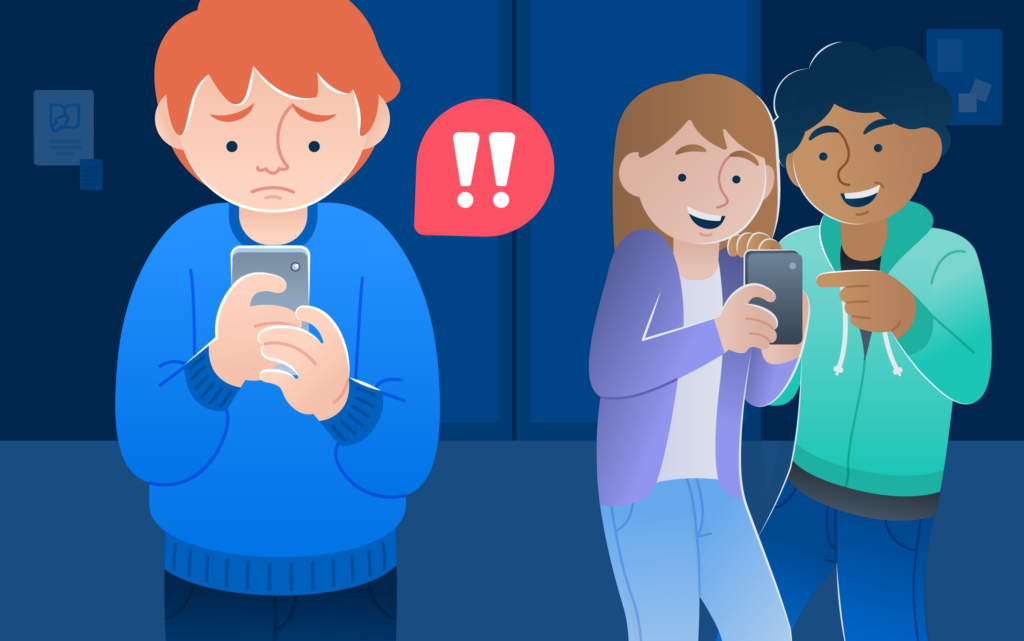Weekly Reflection #2 – Personal Mobile Technology in the Classroom
Last week, a guest speaker, Jesse Miller, came to speak with us about mobile technology in the classroom, its uses and challenges, and the boundaries that come with it. I was especially interested in our conversations about balancing cell phone usage in the class, and the complexities that come with this. We know that cell phones are useful search engines, help students connect with others, and encourage participation in educational activities online, but we also talked about the dangers that can be exacerbated by the use of cell phones in schools, including distraction, cyber-bullying, and sexualized violence.
As teacher candidates preparing to enter schools, I think it is important for us to be very intentional and considerate about how we teach, which tools we make use of, and how we enforce appropriate boundaries to facilitate the proper use of these tools. In my opinion, applications such as Kahoot! and Mentimeter allow teachers to incorporate elements such as gamification and group discussion into their lessons, which I believe are great ways to increase student engagement and stimulate curiosity. I also understand that many students may have questions that they want to answered but may not feel comfortable asking, whether out of a fear of judgement or out of shyness. I am the type of person to immediately want to Google the questions that I have, and I understand that many students may have similar approaches when it comes to their own education.

Photo from kahoot.com
On the other hand, while visiting classrooms in my Link 2 Practice, I have seen first hand that students can easily fall into distraction when they are using their phones, even if the cell phone usage is innocent and well-intentioned at first. Notifications, social media, and the endless amount of information to be found online are factors that can easily lead to distraction in the classroom and that can result in students not paying attention in class and failing to learn what they are expected to.
The cell phone debate is further complicated by the impacts of social media and cell phone usage on the safety of adolescents. I think it will be increasingly important for students to be well-informed on subjects such as cyber-bullying, sexting, interacting safely with strangers online, and protecting personal information.

Image from blog.securly.com
In short, I am still grappling with the conflicting advantages and disadvantages of mobile technology in the classroom and am still deliberating and comparing the pros and cons of cell phone use as I work towards forming my own opinions on this subject. I am still undecided as to how open I will be to cell phone usage in my own classes (if schools permit cell phone usage at all) and/or how I will enforce appropriate boundaries in terms of mobile technology. It is comforting to know that school districts are beginning to enforce cell phone policies because I have seen how distracting they can be, however, I have also seen how many students continue to use their phones inappropriately despite these new policies. In contrast, another part of me fears that a zero-tolerance policy against mobile technology could result in the loss of helpful learning technologies in the classroom which could limit access to interactive tools that students seem to respond well to.
Comments are Disabled